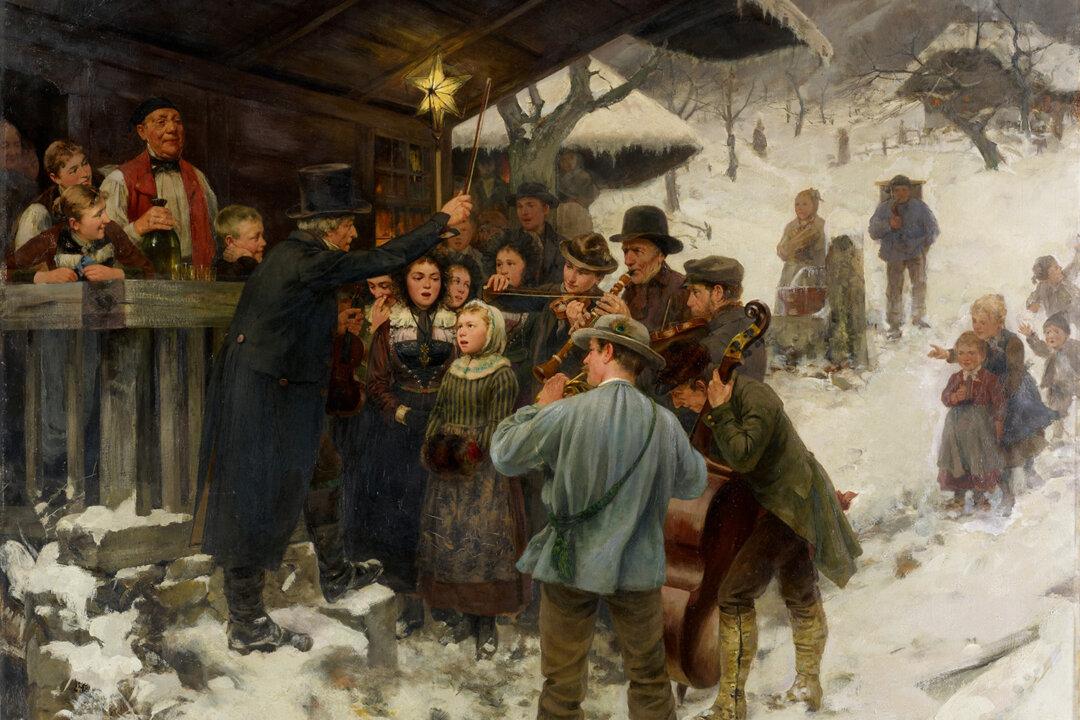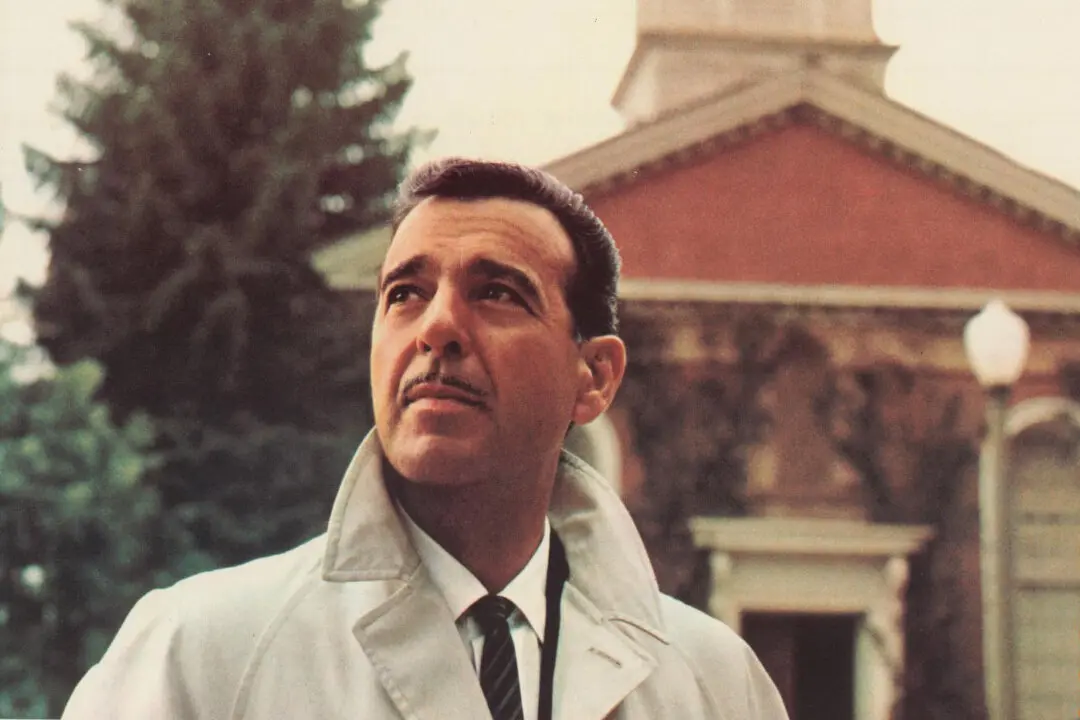Every December at church services throughout the world, congregations come together and sing “O Come, O Come, Emmanuel” as part of Advent services celebrating Christ’s birth and his second coming. The soulful tune has become one of the Christmas holiday’s most popular contemporary carols.
And each year, when families and worshippers sing the song in unison, they are participating in a sacred tradition more than 1,200 years old.





